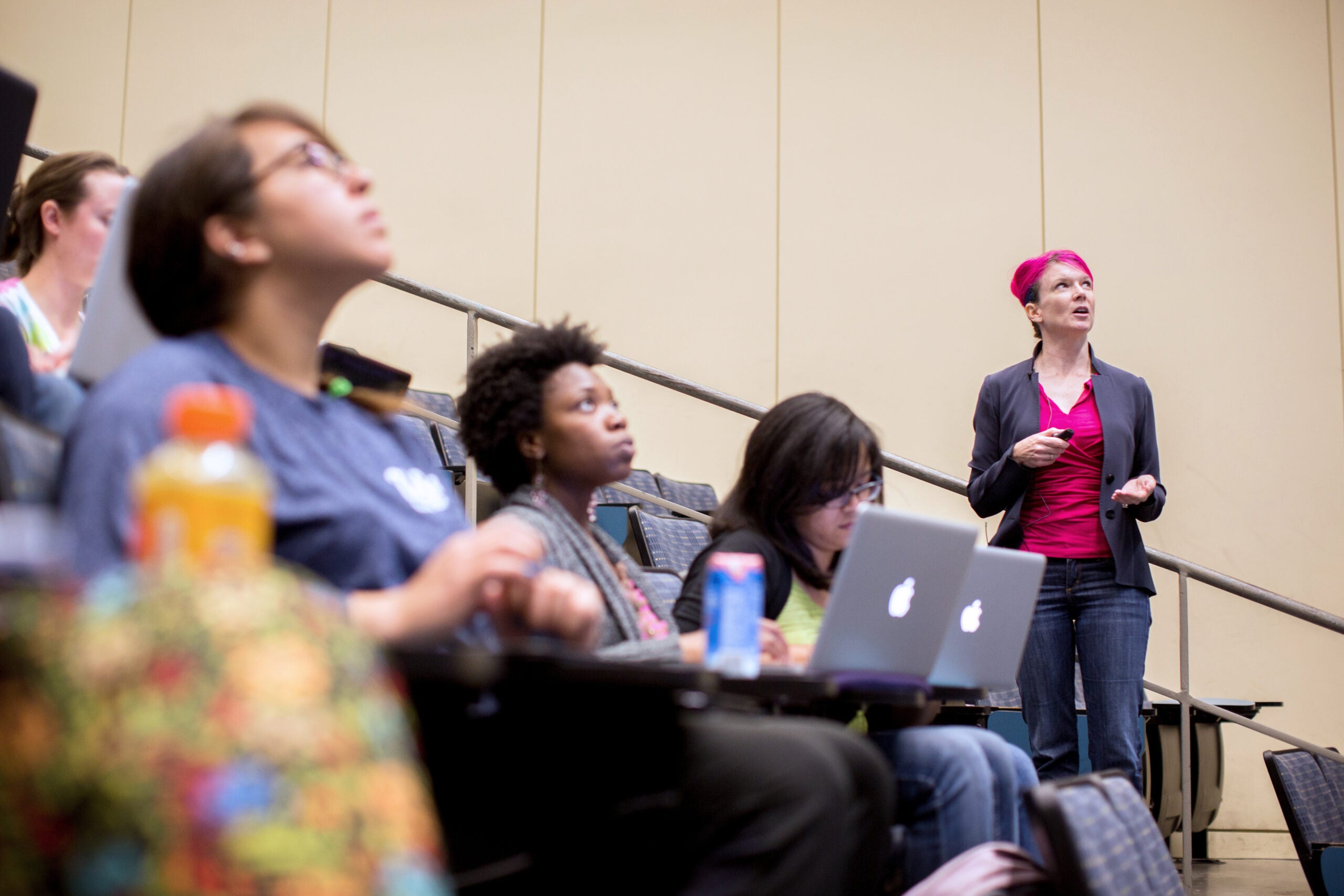UCLA is focused on cultivating and incentivizing effective, inclusive and innovative teaching practices. Key to this is ensuring that our teaching evaluation processes align with our professional development programming and that both support desired outcomes. In response, the Holistic Evaluation of Teaching (HET) initiative is intended to help departments improve the way they evaluate teaching and help faculty implement excellent teaching practices. It also assists instructors in showcasing their teaching expertise and new pedagogical approaches. HET is a way to think about and document teaching using self-reflection, student input, and peer review.
A primary aim of the HET initiative is to ensure that Senate faculty (Adjunct faculty and Academic Administrators may also use HET) are recognized and rewarded for their dedication to instruction and teaching expertise. The initiative articulates pedagogical principles and a way to think about evaluation that is grounded in research. Importantly, this new approach emphasizes professional development and efforts to improve teaching. It is adaptable to the particular teaching challenges and cultures of each unit across campus, and it has been developed with broad input from faculty, the Senate, and academic leadership.
HET materials are used by individuals in two roles: those whose teaching is being evaluated and those who are evaluating the teaching. For brevity, we use the terms “instructor” and “evaluator” for these two roles throughout this website.
